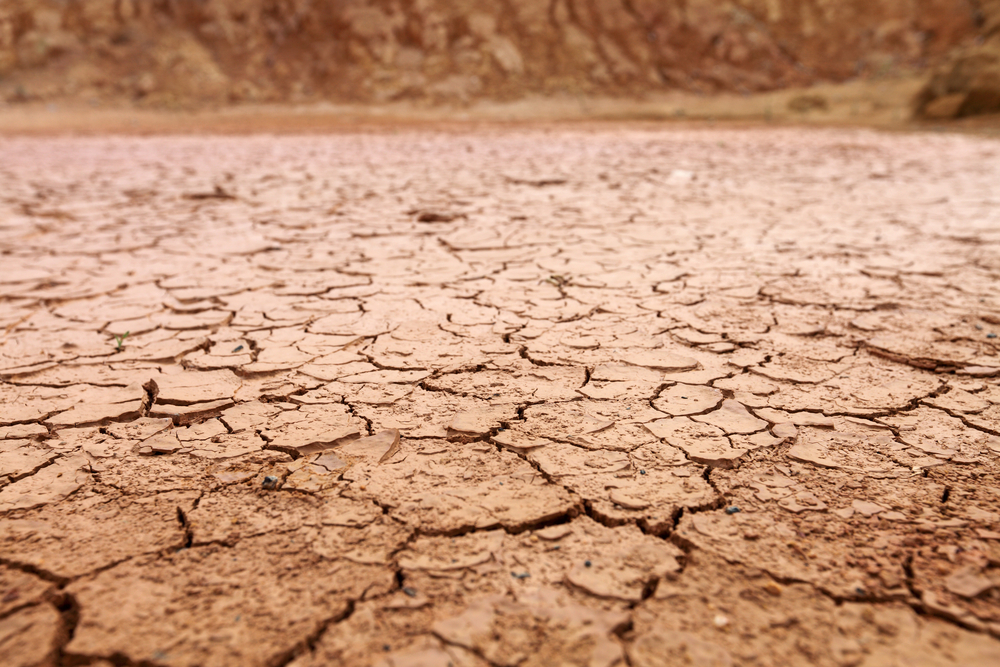
Figures just released by NASA have revealed that the surface temperature on Planet Earth absolutely soared in February this year, as the world experienced the most dramatic and biggest month-on-month increase in global warming since records began.
Information released by the space agency—which has been described by scientists such as Dr Jeff Masters and Bob Henson as a ‘bombshell of a climate report’—showed that temperatures across land and sea last month were 1.35°C higher than the average temperature for February (using the 1951–1980 baseline).
A rise of some level was always expected, because of where we are in the El Niño-Southern Oscillation (ENSO) cycle—with El Niño currently increasing the size of an area of warm water on the surface of the Pacific, leading to the transferal of more heat into the atmosphere—but the jump wasn’t a little hop, it was an Olympic-style leap. Compared to earlier February records set during the so-called super El Niño in 1997-98 (which had already been broken in February 2015) global temperatures rose by an further 0.5°C this February.

The results arrive on the heels of confirmation by NASA’s Goddard Institute for Space Studies that 2015 was the warmest year since modern record-keeping began in 1880. The freakishky hot year is the continuation of a long-term warming trend, with 15 of the 16 warmest years on record have now occurred since 2001.
NASA’s February figures are backed up by results released by European researchers at the Copernicus Climate Service, who employ a different methodology to measure surface temperature, but still found last month to be the warmest on record, with average readings being more than 5°C across a large swathe of Europe, northern Asia and the Middle East. In some areas, such as northern Russia, temperatures nudged higher than 10°C above average at their peak.
Some of the effects of such unusually high temperatures have been quite obvious right across the northern hemisphere, with many seasonal flowers blooming far earlier than usual. More seriously, Arctic sea ice failed to properly form again in February, and the ice cap in general has continued to recede.
The latest results are part of a highly perturbing—albeit much predicted pattern—with the previous month-on-month record having been set just a few weeks earlier in January 2016, which was 1.14°C warmer than the baseline average for that month. The fact that temperatures have hiked again by a relatively whopping 0.21°C just a month later, however, has shocked the scientific community and generated increased fear about the acceleration of climate change towards a point where it’s irreversible. And the forecast isn’t giving them much cause for optimism.
‘The first half of March appears to be giving February a run for its money,’ Masters and Henson wrote in a blog on the Weather Underground. ‘We can expect the next several months to remain well above the long-term average, and it remains very possible (though not yet certain) that 2016 will top 2015 as the warmest year in global record-keeping… In short, we are now hurtling at a frightening pace toward the globally agreed maximum of 2.0°C warming over pre-industrial levels.’
